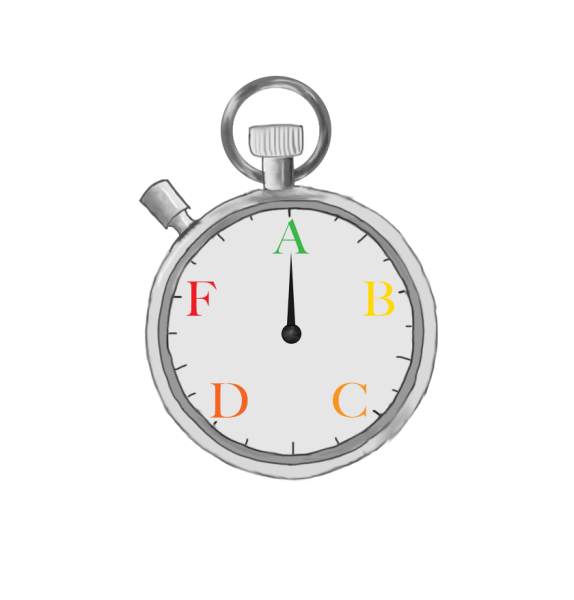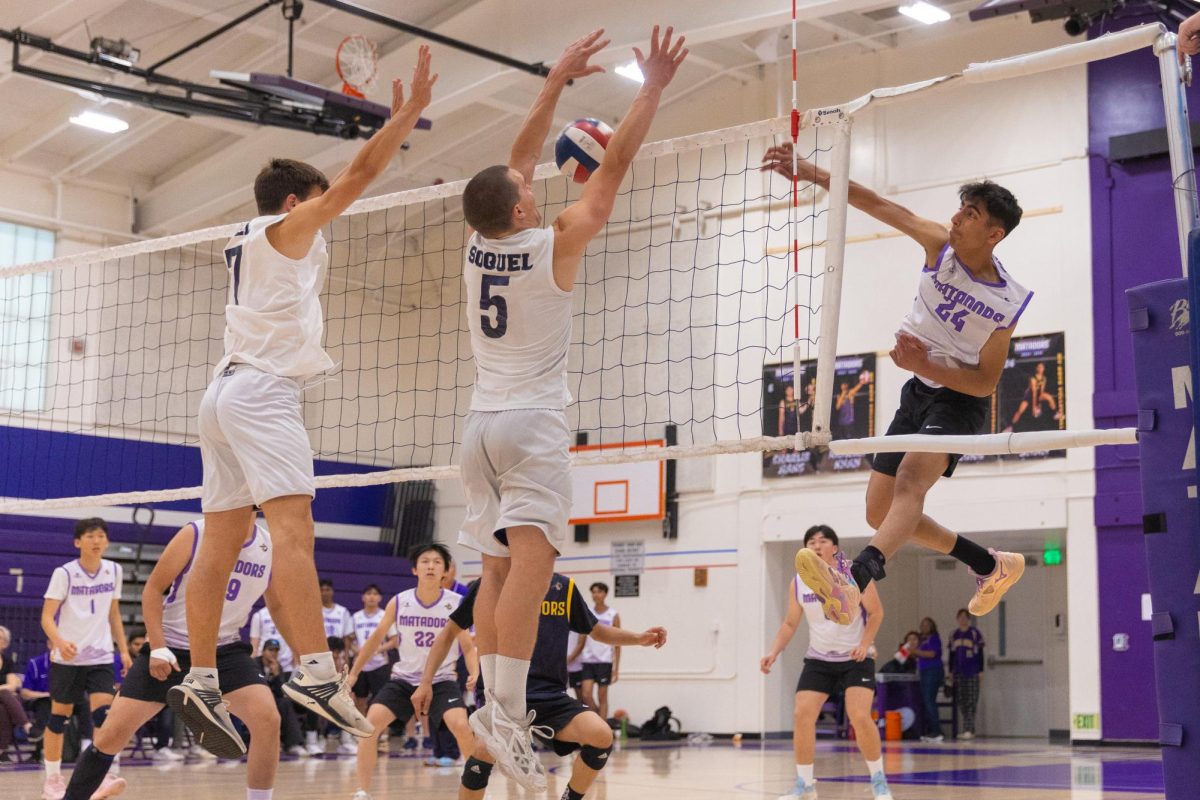Many of us remember the days of middle school physical education, hallmarked by various sports units and friendly rivalries among peers. Yet, perhaps the part we remember the most — for better or for worse — is the timed mile: roughly 10 minutes of grinding out laps on a dirt track, trying to beat the minimum time for an “A.”

This system of grading students on their proficiency in sports — for example, giving slower students a lower grade on their timed miles — is inherently flawed. It disregards the fact that those running slower could be still putting in the same amount of effort into their performance. In the case of timed miles, those who finish at the back of the pack are arguably putting in more effort because they are running at the same effort level for longer.
Additionally, this grading system doesn’t account for the fact that students’ athletic performance may vary dramatically based on their living conditions — low sleep levels, high stress and insufficient fueling are all potential factors that may influence a student’s athletic performance from day to day. It ultimately doesn’t make sense to grade students on something that can fluctuate so much. People also have a variety of sports backgrounds and ultimately have different levels of experience and fitness levels. So it is unrealistic to expect someone who enters high school running an 11-minute mile to improve to running an eight-minute mile in a year in order to get an “A,” even with consistent training.
Most importantly, getting a lower grade because of a less proficient performance can deter kids from pursuing a form of exercise simply because they aren’t considered good at it. We only take P.E. once, maybe twice, at MVHS — after that, it is our responsibility to ensure that we are maintaining our own exercise routines.
This means that high school P.E. classes can be crucial to ensuring that students will form healthy, lifelong exercise habits after they leave the class. It is far more likely that students will stick with a method of exercise if they enjoy it — one study from 2022 found that “enjoyment seems to be a relevant predictor of the intention to continue exercising, exercise habit, and adherence, which are relevant outcomes capable of promoting behavior sustainability.”
MVHS physical education classes do a good job of exposing students to a diverse range of sports, from pickleball to swimming to dance, creating ample opportunities for students to find a sport that they enjoy. It is true that proficiency in a sport, coined “skill points” on the P.E. Green Sheet, is only one criterion out of many that students are graded upon. It is good that the bulk of a students’ grade is participation, which helps encourage effort over proficiency.
Ideally, these “skill points” would have no correlation to a student’s athletic proficiency. For example, assigning students to research and try a new sport or testing students on things like what good nutrition looks like, how they can build exercise habits and what resources they might encounter in college to help them stay active can all have greater long-term benefits on students than grading them on their skill level.
Ultimately, graded measures of proficiency are counterproductive to instilling healthy, long-term exercise habits. High school physical education can make all the difference in students’ relationship with physical activity, so it is crucial that our curricula reinforce positive exercise habits that can last a lifetime.









